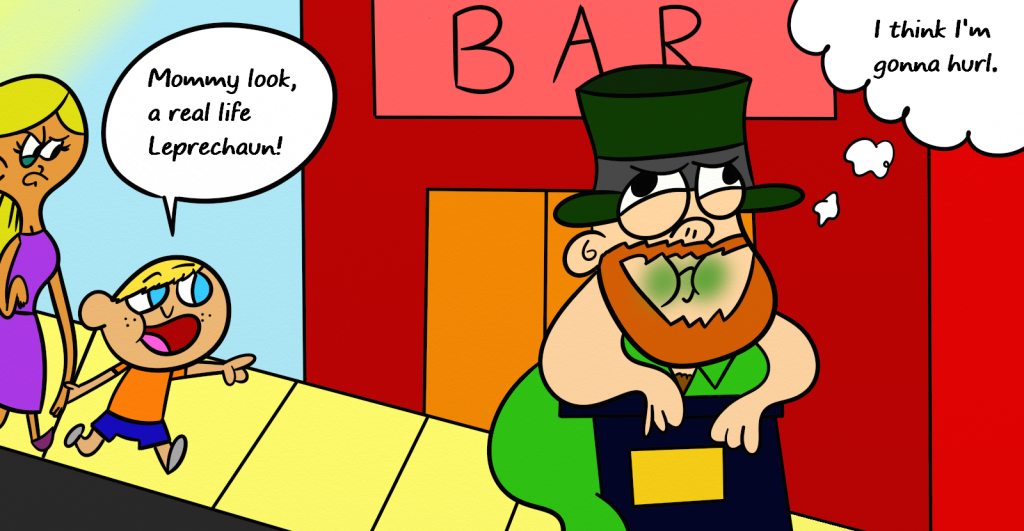
No matter their backgrounds or ethnicities, people far and wide get together and celebrate on March 17.
To a vast majority, that date marks a day reserved for drunken celebration and green-themed activities.
In actuality, March 17— or better known as Saint Patrick’s Day— is a religious feast day to remember the death of Saint Patrick; it is a day to commemorate the evolution of history and culture in Ireland.
Patrick, born in Roman Britain, first touched foot in Ireland as a captured slave.
After escaping and finding safety in a French monastery, he converted to Christianity. Then, after entering the priesthood and eventually being ordained a bishop, was sent to fill Ireland with the Gospel.
Over the course of 40 years, during the 400s, Saint Patrick built Churches throughout Ireland and converted all the country to Christianity, using the famous shamrock, or three-leafed clover, to talk about the Trinity— the Father, the Son and the Holy Spirit.
Saint Patrick had a burning love for the Lord and made it his life to carry out the Word. His love ran so deep that he had complete and utter trust in the Father. To Saint Patrick, he knew that God’s plan was what was best for him. This trust ran so deep that nothing filled him with fear— not even death.
And maybe that is why we should celebrate him so deeply. Because he found something that steered his life and gave it purpose. He is an example of fulfilling life and engaging in the common good.

What Saint Patrick did for the country of Ireland, and the Irish culture as a whole, is no small feat.
It should be celebrated.
But, not with green jello shots and barely-there green clothes.
Irish culture should be highlighted. Perhaps, we should learn to understand why the shamrock stands as the symbol of the holiday. Because its purpose is not to be the name of the famous McDonald’s drink Shamrock Shake.
Its celebrators should understand what it must have meant for Saint Patrick to return to a country where he was once a slave. It takes someone with a truly pure heart to foster something with love that once hurt you.
Instead, people far and wide, Irish or not, get drunk to the tune of Irish music and party until the sun comes up.
But, why? Not to celebrate the change catalyzed by Saint Patrick, but because it is a day marked on their calendars for blacking out.
Yes, the Irish culture is known to enjoy a good time and an even better Guinness, but they do not forget the history of their culture.
So, next Saint Patrick’s day, when you’re drinking green-dyed beer, think about why there’s a day celebrating the color green.


